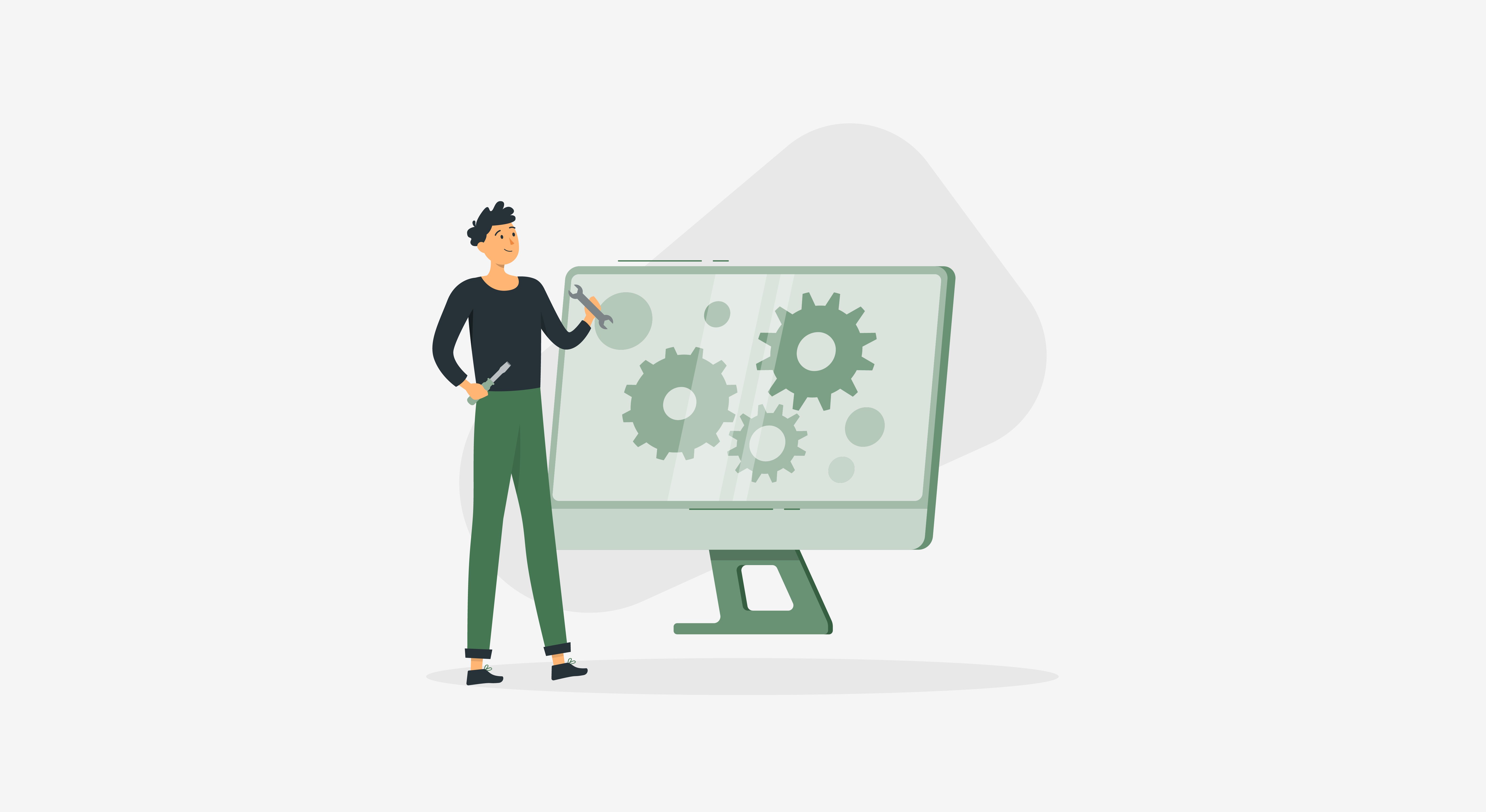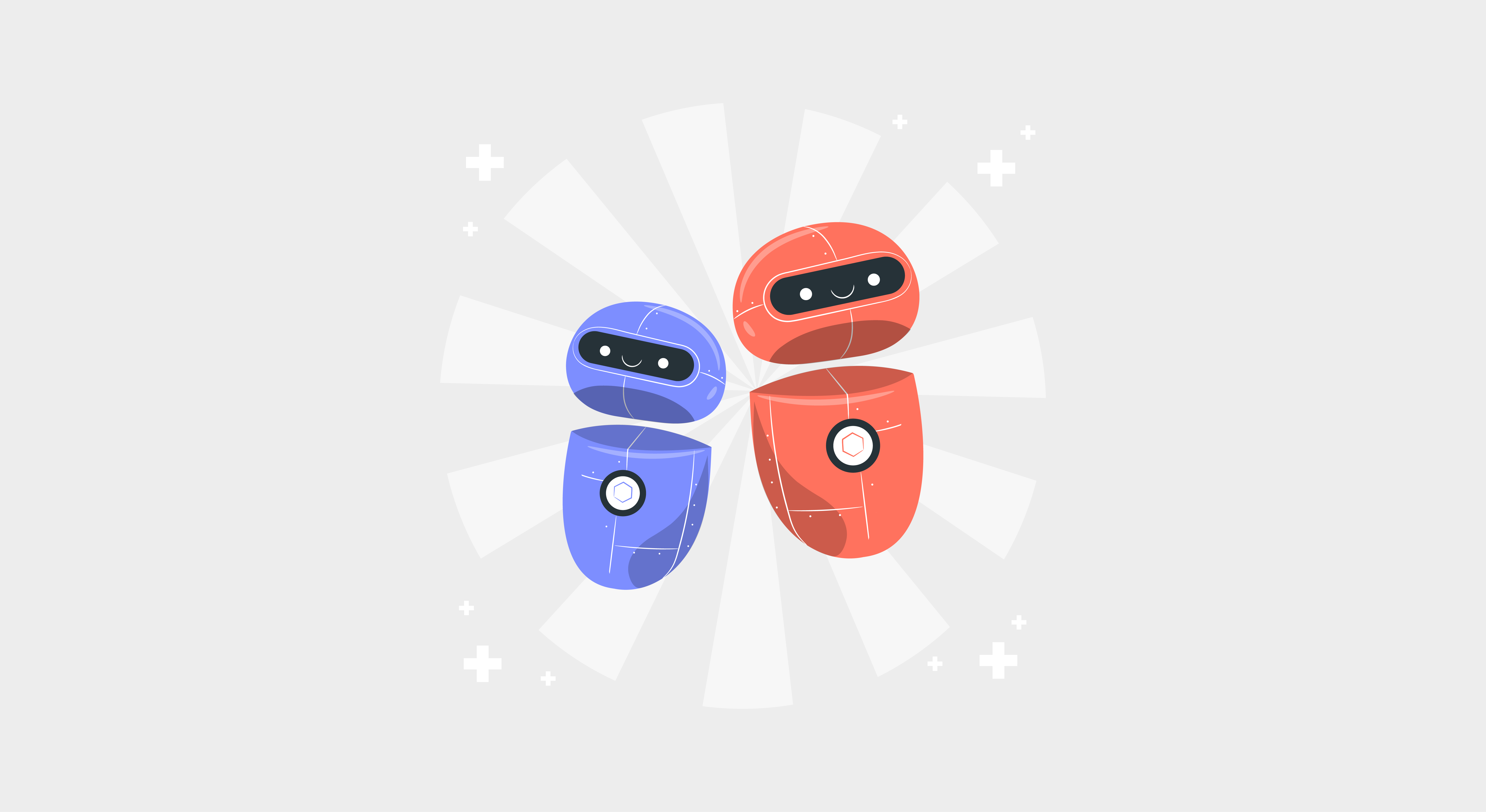If you are reading this blog, you’re probably planning to build the first chatbot for your business. You have imagined the whole process and are steps away from implementing it. However, a chatbot may not always be a resounding success right off the bat. You may encounter challenges and commit some common mistakes along the way.
That’s why we have compiled the do’s and don’ts to look for while building or improving your chatbot.
Do’s and Don’ts of Chatbot Building
1. Define the chatbot objectives clearly
Imagine having a ride all the way to an incorrect destination. It would be a waste of time and effort. The same goes for building your chatbot. If you are not clear with the problem statement/ use-case, you might get lost and end up with a fancy but impractical chatbot.
The right bot for your business lies at the intersection of your objective(customer support, lead generation, recommendation), the right technology (rule-based, AI chatbot, or hybrid), and the channel to build it in (slack, Facebook messenger, social media, website, mobile).

How to identify your objective?
Make a list of problems that you want to solve with the chatbot and then boil it down to the type of chatbot that will solve your problem. We have listed a few common bot objectives that companies have.

What not to do:
- Focussing on “what you want” instead of “what you need”.
- Pursuing perfectionism and taking too much time to go live.
- Incorrectly assuming who the final users of the bot will be and designing an experience they won’t appreciate.
2. Collect the data for building the chatbot
This is a very crucial step that often gets sidetracked while implementing a chatbot. For your chatbot to effectively communicate with the customer, it needs to have certain information fed into it to understand the intent of the query and provide answers. With an ample amount of data to begin with, you can design the chatbot flow, and develop branches effectively for building up your chatbot script.
The type of data collection depends on the type of chatbot. A support bot for example can have questions sourced from your knowledge base or support center, whereas a lead gen bot can source it from website pages.
What not to do:
- Start building the chatbot with random inputs.
- Purchasing data without proper evaluation of the data available in-house.
- Using FAQs as-is and not cleaning the data.
- Building Machine Learning (ML) engine with fewer data leading to inaccurate results.
3. Select the right chatbot solution
You’ve already listed your objectives and have a fair idea of what kind of bot suits your business. Now, it’s time to choose the chatbot platform that will convert your idea into reality.
You can go with building or buying your own chatbot. Both have their pros and cons. Irrespective of what you opt for, you need to do test runs and take demos to shortlist the best platform to build or buy a chatbot.
Remember, selecting the chatbot solution and functionality is just the beginning. Once your chatbot is ready to use, you need to have a mechanism to track the performance and also keep training the bot for different scenarios. Make sure your chatbot platform fulfills these requirements.
What not to do:
- Selecting a random chatbot.
- Choosing an inflexible platform that is too hard to customize.
- Automating for the sake of automation and not because you really need it.
4. Provide your chatbot with a personality
There is a common saying – “First impression is the best impression.” Chatbot personality creates that first impression of your chatbot and you want to make sure that it’s taken care of. A simple name and look of the chatbot can convey a deep meaning about your brand image and offering to the customer. However, that’s just the beginning. Right from designing a chatbot, naming your chatbot to writing a chatbot script, you need to nail every part of the bot interaction with your customer for an exceptional chatbot personality.
For example, the tone and messaging that works for an e-commerce bot won’t work for a fintech startup. A health bot having a pale stick-figure logo defeats the purpose of the chatbot right at the face. These simple but crucial details are important while building your chatbot.
What not to do:
- Mechanizing the bot by copy-pasting responses or giving rigid canned responses.
- Compromising on the Conversational UI.
- Lacking human tone and touch.
- Making it too formal and boring.
5. Keep it simple and user friendly
Whatever be your industry and however technically complex your bot is, make sure it is easy to use. Break down the complex terminology into easily understandable sentences. Get the right amount of inputs from the user and provide crisp answers. Use emojis and GIFs to make the user experience better.
The goal of the chatbot should be to give customers a solution in the minimum possible steps even if it takes extra effort from the implementation end.
For example, let’s take the scenario where the chatbot has to integrate with another service to provide certain details.

As depicted in the screenshot, Bot #1 provides the order details to the customer within the chat interface, whereas with Bot #2, the customer will have to switch to his email to check the order status resulting in a poor customer experience.
What not to do:
- Not including commonly asked questions.
- Creating conversations where the chatbot user has to answer 4+ questions to get the first answer.
- Making the chatbot conversations too long.
- Adding fewer images and more text.
6. Handle fallback scenarios

Chatbots can never be absolutely perfect. Even big players like Microsoft and Facebook couldn’t prevent their chatbots from failing. Your chatbot may encounter new scenarios as it gets exposed to different questions and it might not know the right answers. There is no harm in that but it needs to have a mechanism to gracefully accept and take some action that would satisfy the user. Some fallback or catch-all possibilities:
- Direct the chatbot to a human agent.
- Provide rollback to the previous step to choose a different option.
- Collect the query in a text box in the words of the customer to train the chatbot.
- Have an option to end the chat at any given time.
- In case the chatbot can’t figure out the query, use “Did you mean:” [list the option], to confirm if that is what the customer wants.
What not to do:
- Being too pushy.
- Leaving it to the user to figure out a way to get out of the conversation.
- Having no mechanism to track loose ends.
7. Improve the intelligence of the chatbot
Building a chatbot and expecting it to understand the human language from day one is unrealistic. Like how humans learn with practice, a chatbot also needs to be trained to become intelligent.
So how do you train your chatbot?
Training involves creating intents and filling them with expressions. Let’s say a customer intends to “Book a flight.” He can ask this in multiple ways to the chatbot. “I need to check the availability of a flight” or “How to book a flight that has the lowest fare from X to Y”. Your chatbot needs to understand these expressions, match them with what it knows, and come up with the exact or closest answer. The underlying algorithm behind intent match is Natural Language Processing (NLP), where a bot is trained to understand human language.
Whether you opt for a rule-based or Artificial Intelligence (AI)-powered bot, you will need to train it with intents, and the best way to do it is to continually review chat conversations and update your database.
What not to do:
- Tagging every word in the sentence as a keyword or entity.
- Training your bot with technical people instead of domain experts.
- Having very few variations to the intent fed into your database.
Intelligent Chatbots are the Way Forward
On your journey to build the chatbot, you might be stuck at different stages like planning, training, and implementing if you don’t do it the right way. We at HappyFox, with the first-hand experience of building enterprise-grade bots for businesses, have come up with these important do’s and don’ts that can help you speed up chatbot building and avoid common errors. Check HappyFox Chatbot for inspiration!
With these tips, we are sure you’ll build a kick-ass bot for your business. You can also hit us up for a demo if you want us to help you in this journey. Happy building!








